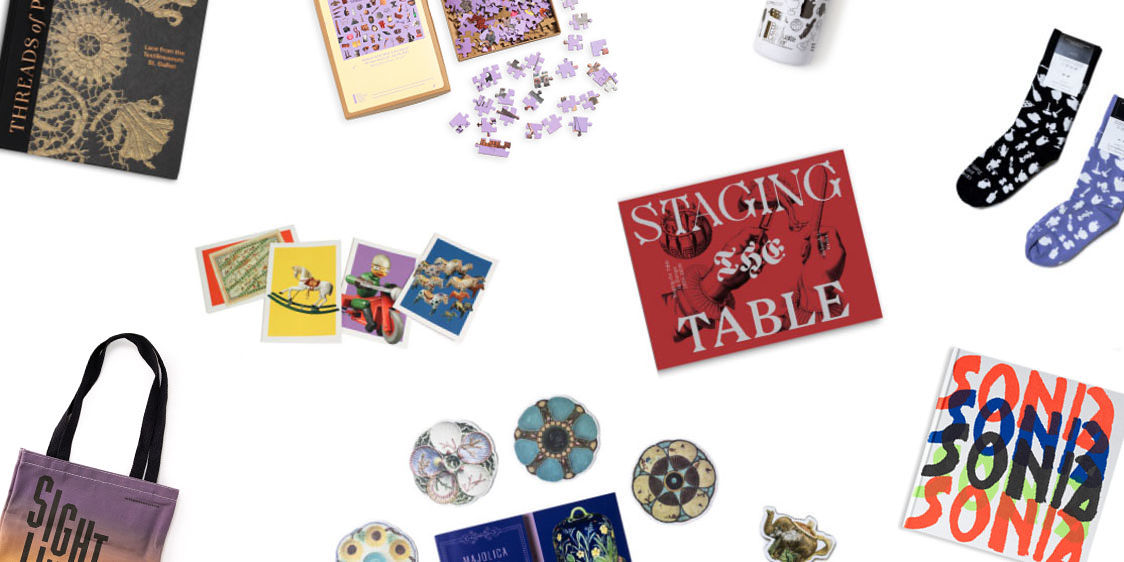Brandy S. Culp (MA,
2004) was appointed Richard Koopman Curator of American Decorative Arts at the Wadsworth Atheneum Museum of Art in
January 2017. Prior to joining the
Wadsworth Atheneum, Culp served as curator of Historic Charleston Foundation,
leading projects for the conservation and interpretation of the Foundation’s
collection of fine and decorative arts. Before that, she served as the
Andrew W. Mellon Curatorial Fellow in the Department of American Art at the Art
Institute of Chicago. She has also held positions at the Bard Graduate Center
and the Metropolitan Museum of Art. Culp graduated summa cum laude from Hollins
University. At Bard Graduate Center, she completed her thesis on the eighteenth
century Charleston silversmith Alexander Petrie and the Carolina silver trade.
The topic of metalwork remains one of her greatest interests.
What attracted you to Bard Graduate Center’s program?
Having
worked in the museum field before applying to Bard Graduate Center, I had honed
my career interests and developed a strong commitment to the study of American
decorative arts. Up until that point, I had only studied and worked with
American objects. Thus, I was seeking a more comprehensive academic experience
and an opportunity to broaden my knowledge of our material world. I wanted to
look at culture, design, and form over time on various continents and
understand the interwoven international influences on the Americas from the sixteenth
century to the present. It seems like a lofty goal but was completely
achievable through Bard’s holistic academic offerings and our class study
abroad experience in Asia.
What was your focus of study here, how did
you find yourself involved with it?
My
primary focus and great love remained American decorative arts and design
although my coursework included ancient cultures, the Renaissance,
Neoclassicism (at home and abroad over centuries), and modern popular
culture—all topics that have served me well during the course of my curatorial
career. The entire faculty was outstanding, but it was a particular privilege
to study American decorative arts under Kenneth Ames and ancient art with
Elizabeth Simpson, who greatly shaped my experience at BGC as well as the paths
well beyond my graduate studies. In fact, I credit Professor Ames with leading
me to the topic of Southern silver, which remains a significant research
interest. Another highlight of my time there was my work in the Bard Graduate
Center Gallery. First part-time as a student
and then full-time after completing my courses, I worked in the Gallery as a
curatorial and registrarial assistant—which was an entirely different type of
learning experience. From
William
Beckford to
Le Corbusier Before Le
Corbusier, each exhibition I was involved in was an immersion course garnering
me a firsthand (and in the trenches) understanding of the exhibition planning
and design process.
You have recently been named a curator at the
Wadworth Atheneum Museum of Art.
Describe
your position and how you came to it. What sorts of projects are you working
on?
In
late February, I joined the staff at the
Wadsworth Atheneum Museum of Art as
the Richard Koopman Curator of American Decorative Arts. Founded in 1842,
it is the oldest continuously operating public art museum in the United States.
The Wadsworth Atheneum’s collection includes 50,000 works of art that span
5,000 years—from Greek and Roman antiquities to the first museum collection of
American contemporary art. It was a thrilling and humbling opportunity to join
an institution with such a long-standing commitment to American art. Equally
exciting is the museum’s innovative programmatic vision for the future. At this
moment, there is great optimism that pervades the institutional culture of the
Wadsworth and a great enthusiasm for American decorative arts within the museum
and the broader community. It is an exciting time to be at a museum which celebrates
its past and is actively shaping the future.
In an effort to immediately
reinvigorate our American decorative Arts programming, I was tasked with
planning and installing an exhibition. That effort resulted in Simply Splendid: Rediscovering American Design, which opened on May
13 and remains on view through August 13, 2017. The exhibition brings together key
paintings with more than 90 works of ceramics, furniture, glass, metalwork and
textiles from the Wadsworth Atheneum’s extensive collection of American
decorative arts to tell stories of 300 years of design history. I had the
unique opportunity to highlight objects that have not been on public view in
years and reintroduce the museum’s significant American collection to the
public. Our relationship with the material world, then and now, propels this
exhibition. While some artifacts speak loudly of their own
place in time, others participate in conversations across history as new design
appropriates (or wholly reimagines) what came before. Rediscovering these
interwoven dialogues—stories of the objects and their connections to people and
place—is fascinating for anyone new to this extraordinary collection.
Now
that the exhibition is open, I look forward to working with my colleagues as we
continue to bolster American art programming at the Wadsworth. We are
discussing future exhibition planning as well as creative means to highlight
the breadth
and depth of the Atheneum’s exceptional collection of American art and design in
a way that celebrates the past but feels fresh and exciting.
What ultimately is your professional goal?
My
professional goals have remained fairly constant since I entered the field: I
want to continue to engage and educate people and share my passion for American
material culture. My experiences at Bard
Graduate Center provided me—through my coursework—with a base of knowledge that
has served me throughout my career and interpretive strategies that have
allowed me to connect objects with diverse audiences. In addition, faculty and courses deepened my
appreciation for the past and helped foster my commitment to historic
preservation.












